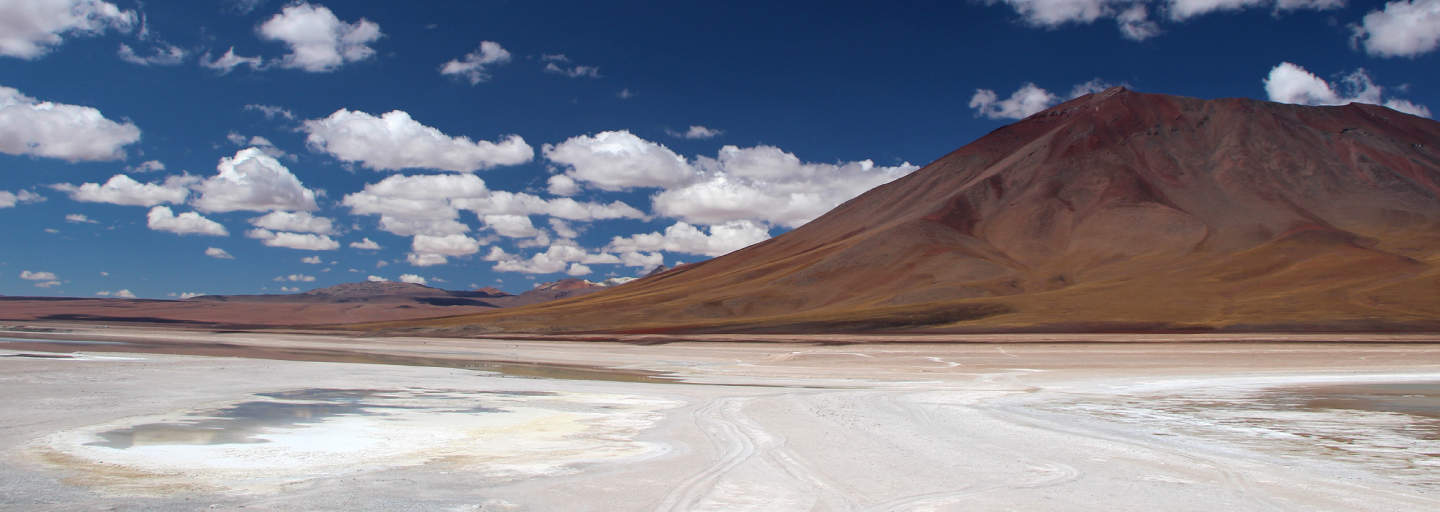
La Laguna Blanca, con su característico color blanquecino y su tranquilidad única, es un destino imperdible para los amantes de la naturaleza. Este paisaje único, rodeado de montañas y cerca del volcán Licancabur, es una de las maravillas naturales de Bolivia. Descubre dónde está ubicada, qué necesitas llevar y por qué debes visitarla.
¿Dónde queda la Laguna Blanca?
La Laguna Blanca se encuentra en el departamento de Potosí, Bolivia, dentro de la Reserva Nacional de Fauna Andina Eduardo Avaroa. Situada a más de 4,300 metros sobre el nivel del mar, está muy cerca a la frontera con Chile y de la Laguna Verde. Se puede visitar la laguna con un tour al Salar de Uyuni.
¿Qué llevar?
Ropa de abrigo: Las temperaturas pueden ser extremadamente bajas, especialmente por la mañana y la noche, por lo que es esencial llevar ropa térmica, gorro, guantes y una chaqueta impermeable.
Protección solar: Debido a la altitud, los rayos solares son más intensos. No olvides usar protector solar, gafas de sol y un sombrero.
Calzado cómodo: Lleva zapatos resistentes y cómodos, ya que el terreno puede ser irregular.
Agua y snacks: La altitud puede causar deshidratación y cansancio, así que lleva agua y alimentos ligeros para mantenerte energizado.
Cámara fotográfica: Este es un lugar perfecto para capturar fotografías espectaculares de la naturaleza y los paisajes únicos.
¿Resumen
La Laguna Blanca es un destino inolvidable que combina la tranquilidad de sus aguas con un entorno montañoso impresionante. Su ubicación estratégica dentro de la Reserva Eduardo Avaroa y su proximidad a otras maravillas como la Laguna Verde la convierten en una parada obligatoria en cualquier recorrido por el altiplano boliviano.